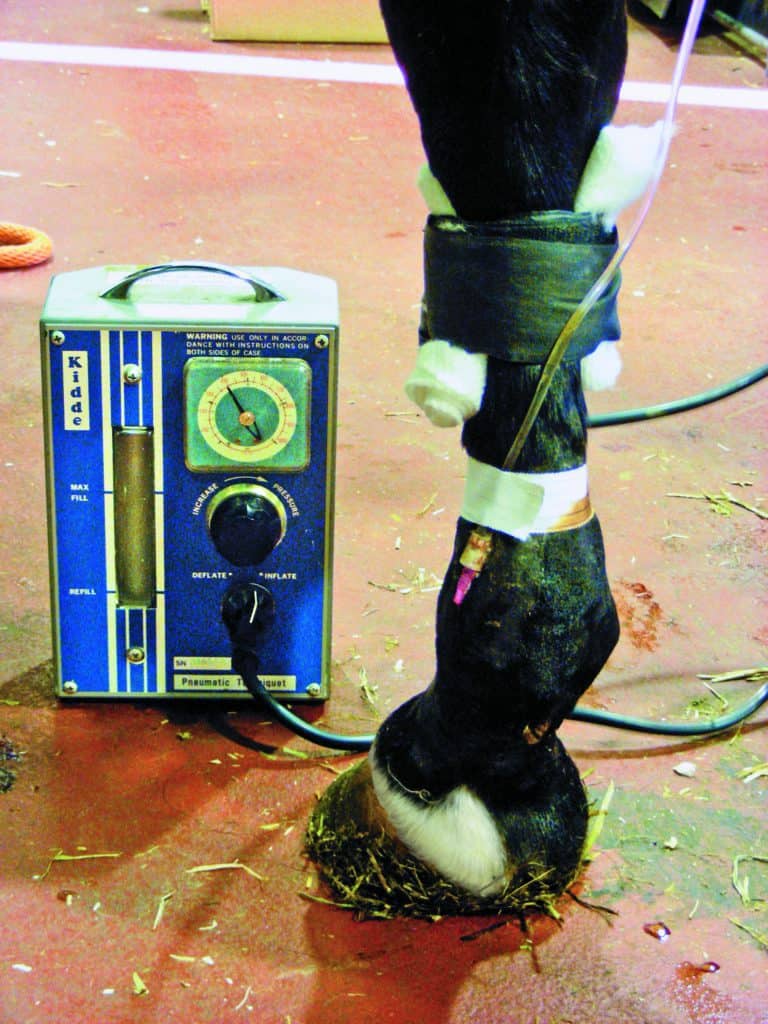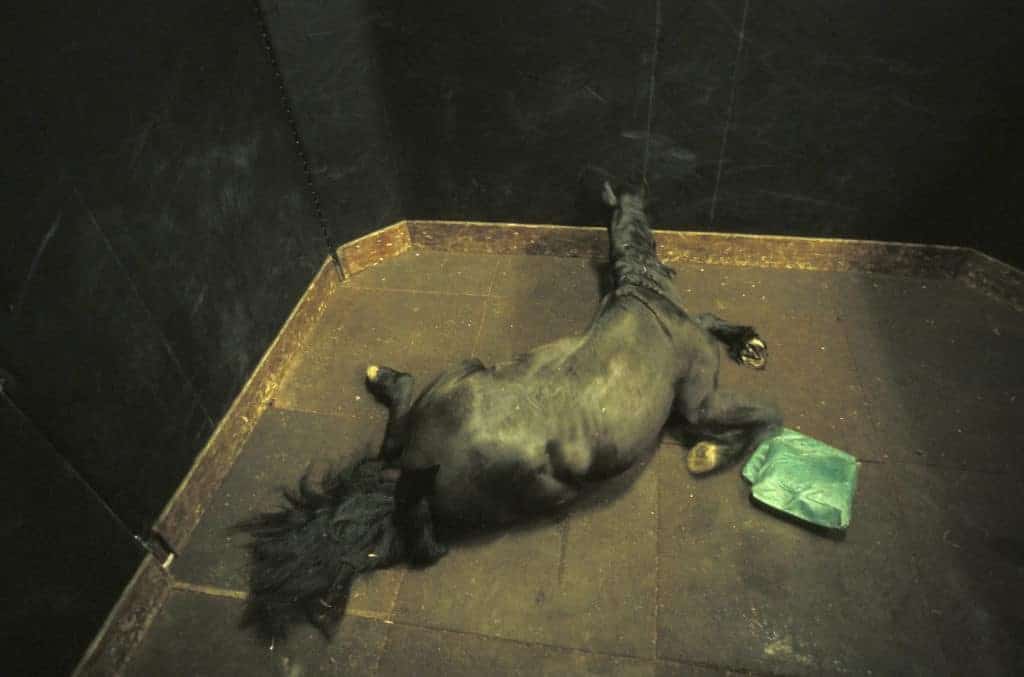
UK Researcher Studying “Easy-Keeper” Horses
Adams hopes to better understand why EMS occurs and to find a safe and effective way to treat the disease.

Adams hopes to better understand why EMS occurs and to find a safe and effective way to treat the disease.

Hyperbaric oxygen therapy might benefit horses with certain injuries or illnesses; more research is needed.

Researchers recently assessed the feasibility of functional electrical stimulation in roarers.

A horse in respiratory distress or displaying other signs of airway ailments warrants a call to a veterinarian
Priority emphasis will be given to applications that have the most impact on horse health and welfare.

Researchers recently examined whether diagnostic anesthesia could skew the results of equine foot MRIs.
Research topics include foal pneumonia, laminitis, vitamin D’s role in immunity, and stem cell therapy.
A recent study showed anti-Mullerian hormone levels is a useful test for detecting granulosa cell tumors.
One researcher said equine IAD is associated with an increase in surfactant protein D blood levels.

Regional limb perfusion can be performed safely, effectively, and comfortably without general anesthesia.
The team measured anti-Mullerian hormone in the blood to successfully diagnose chryptorchidism.

Veterinarians have fine-tuned numerous methods for evaluating the upper respiratory tract for abnormalities.

Study horses treated with full-limb casts had a fivefold greater risk of developing laminitis.

One researcher concluded that when dosing PBZ in the horse, “More is not better. Less is less effective.”

The Lembert single layer pattern is faster, stronger, and less likely to impede the intestinal flow.

Compared to what’s known about seizures in other species, there’s surprisingly little data on equine seizures.
Stay on top of the most recent Horse Health news with
"*" indicates required fields